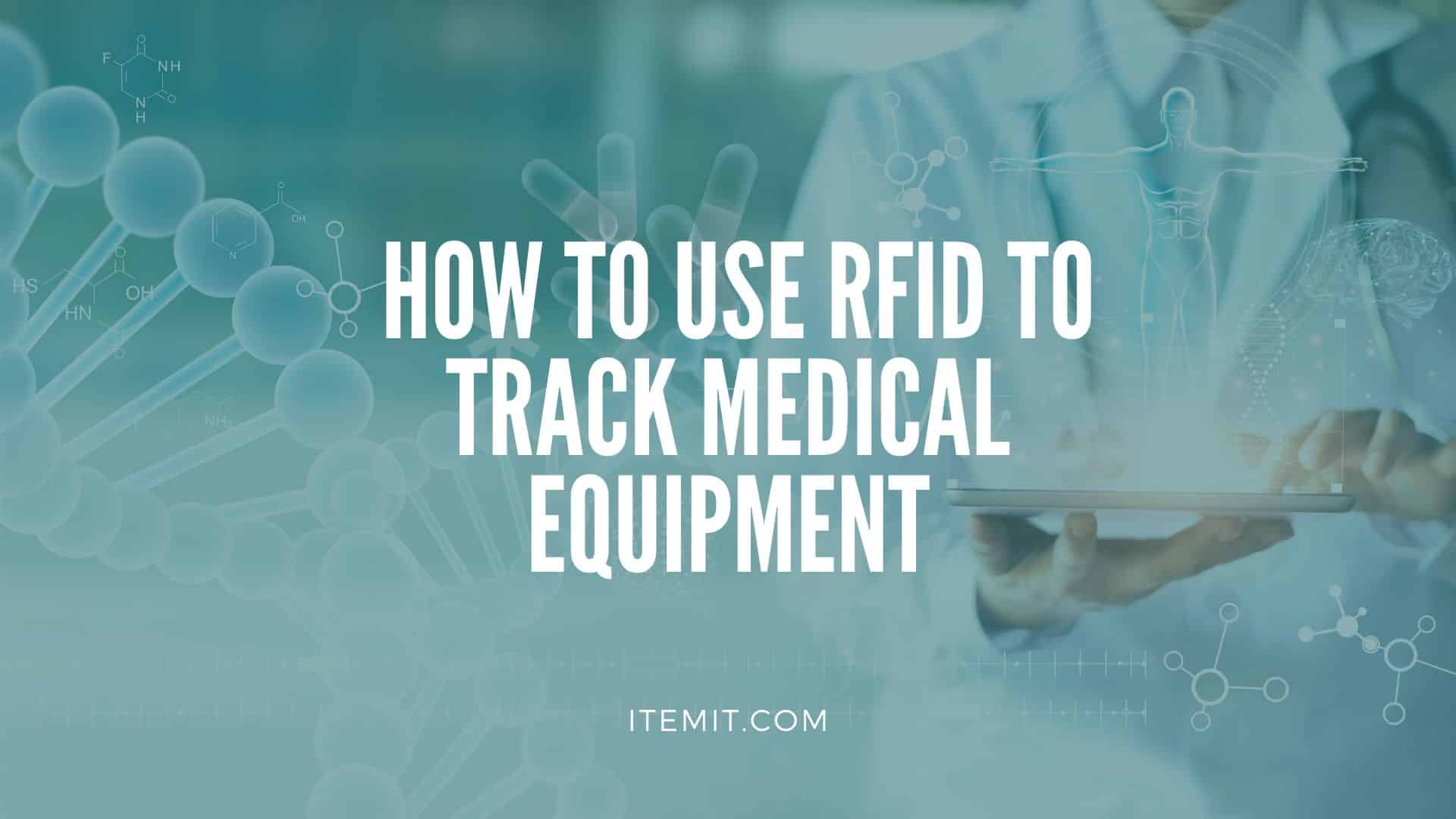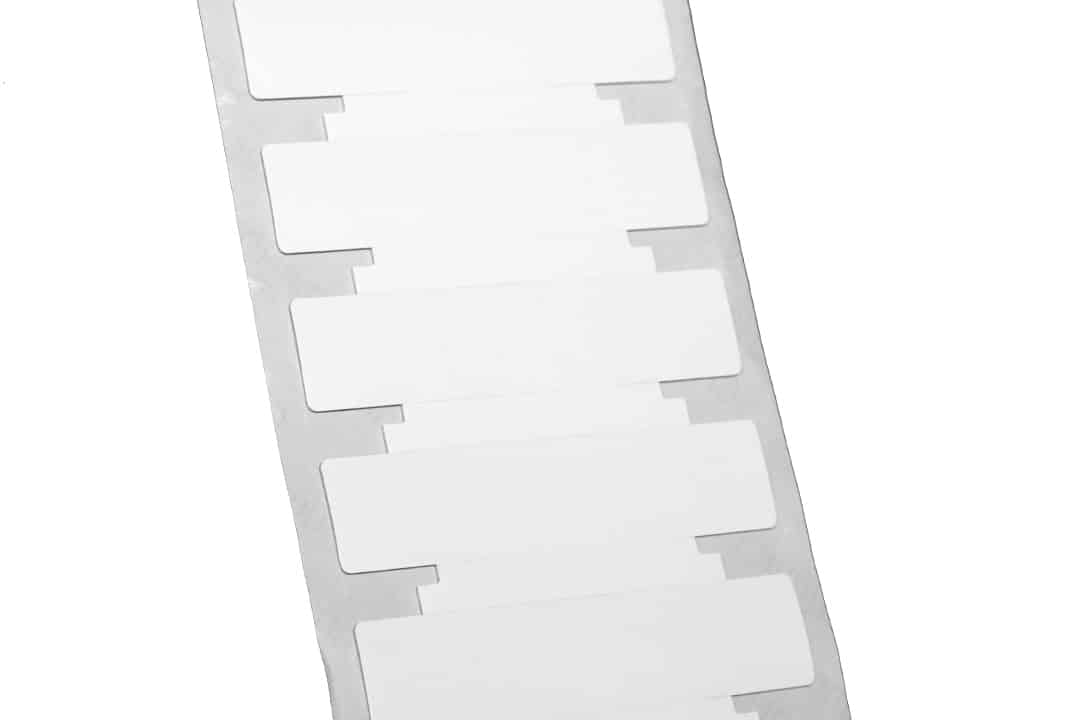Find out more about how your business can leverage the benefits of an RFID fixed asset tracking system. How does one work? Learn more here.
Medical Equipment Management Software: How to Use RFID to Track Medical Equipment
No matter which tagging option you choose, you also need the asset tracking software element of the solution in order to manage equipment effectively.
What is Healthcare Asset Tracking Software?
Healthcare asset tracking allows you to track medical equipment. This includes using RFID or QR code asset tags to update geolocation, but also to view and edit asset information after just a scan.
With a healthcare asset tracking system, you’ll be able to know where everything is, and you’ll know who has what. You’ll be able to check equipment in and out, so that there’s full transparency of what can and can’t be used.
You can also track stock of PPE and medical devices, so you know how much is available for use and can plan accordingly.
The unique thing that healthcare asset tracking software allows you to do is track compliance and maintenance information throughout an asset’s lifecycle. So, you’ll be able to log all necessary compliance information upon the purchase of an asset to verify legitimacy. You can then use reminders for routine, pre-emptive maintenance to ensure all of your medical devices are running smoothly and maintain their compliant status.
Using Medical Equipment Management Software With RFID
When you add RFID to the mix, your medical equipment management is sped up.
If you’re looking for a piece of equipment that requires maintenance, you’ll be able to discover it’s location using an RFID reader, speeding up the process.
This goes for other processes, too. If any asset data changes, using an RFID reader, you’ll be able to scan the tag and edit asset information in your medical equipment tracking app. You can also add health and safety information to equipment such as X-ray machines so that everyone is on the same page when it comes to safety.
You can even use this to stocktake for ambulances. If you need to know that an ambulance is adequately stocked up, you’ll be able to use RFID medical equipment tracking to scan the assets and check them into the ambulance. You can then update your stock when the ambulance returns.
PPE Tracking
Additionally, you can use healthcare asset tracking to monitor your PPE levels. itemit is already helping Cambridge University monitor life-saving PPE levels for Addenbrookes Hospital.
When it comes to PPE, you can choose to track boxes of items rather than each individual item, should you wish. Quantity levels can still be recorded and updated on the fly. This way you know exactly how much PPE you have available at any given time.
Why RFID For Medical Equipment Tracking?
To keep costs down, it may be helpful to opt for a mix of QR code asset tagging and RFID asset tagging. Choose from durable and customisable QR code asset tags, whether they are stickers or anodised aluminium tags – there’s a tag for every asset.
However, the clear benefits to RFID tracking in hospitals are undeniable. Being able to stocktake quickly, and from a distance, is a very attractive benefit that RFID tracking can bestow on the tracking of medical equipment and PPE
Stock levels change at a greater frequency than other industries, too, so it’s crucial to be able to effectively keep track of this.
itemit RFID Equipment Management
itemit is owned by RedBite Solutions, pioneers in RFID tracking. Its founders were instrumental in the implementation of RFID regulation and in the architecting of the EPC network. They belonged to the group that coined the term “IoT”.
itemit itself was created to solve asset tracking problems, and so integrating RFID tracking was an obvious step. itemit works with RFID by connecting to a handheld reader via Bluetooth, then the scanning is up to you!

itemit provides all the tags and readers you’ll need with our off-the-shelf RFID solution, but if you require something more bespoke, we’ll always be happy to provide consultancy and rise to the challenge.
With over a decade of experience in RFID, we’re more than happy to assist you with whatever requirements you have. To find out more, you can contact the team at team@itemit.com, fill in the form below, or phone 01223 421611.
Start Your Medical Equipment Management Now!
Start your free 14-day trial now
Instant access. No credit card details required.



